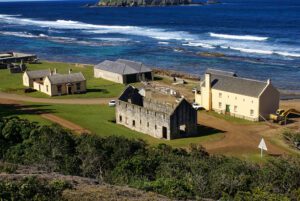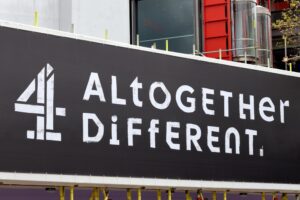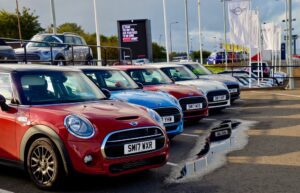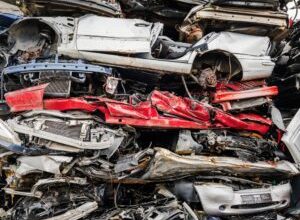Data blunder behind Trump tariffs on remote Norfolk Islands with no US trade

Trade tariffs imposed by the Trump administration on some of the world’s most remote and sparsely populated territories — including Australia’s Norfolk Island and the uninhabited Heard Island and McDonald Islands — appear to have been based on flawed shipping data and misclassified trade records.
Norfolk Island, which lies over 1,600km north-east of Sydney and has a population of just over 2,000, was this week hit with a 29% US tariff on its goods. That’s 19 percentage points higher than the rate applied to mainland Australia, despite Norfolk Island having no known export relationship with the United States. According to George Plant, the island’s administrator, “There are no known exports from Norfolk Island to the United States.”
Yet trade data used by US authorities appears to show otherwise. The Observatory of Economic Complexity, a US trade data tracker, reports that the island exported more than $650,000 worth of goods to the US in 2023, including $413,000 worth of leather footwear. The problem? There is only one shoe shop on Norfolk Island, Frank’s Shoes, which caters to local tourists and does not export goods to the US. The shop’s manager confirmed to The Guardian that the business has no dealings with the United States whatsoever.
Further investigation has revealed that multiple shipments of goods from major brands were mistakenly recorded as originating from Norfolk Island. Two shipments of Timberland boots, totalling more than $315,000, were sent from the Bahamas to Miami in December 2023. However, shipping documents erroneously listed the country of origin as Norfolk Island and the shipper’s address as being in “Stratham, Norfolk Island” — when in fact the company is based in Stratham, New Hampshire, USA.
The errors don’t stop there. Several shipments from UK-based firms also appear to have been mislabelled. Equipment from an aquarium systems company, OASE, and structural steel products from Novum Structures were sent from Norfolk in the UK but recorded as originating from Norfolk Island. In each case, paperwork either incorrectly entered a location code or misidentified the UK location as the Australian territory.
The flawed records have had real-world consequences. The US Census Bureau, responsible for compiling the data that informs tariff policy, has acknowledged in official guidance that misclassification and documentation errors can significantly distort trade statistics. These inaccuracies appear to have been incorporated into a basic tariff formula used by the Trump administration, which sets rates based on each country’s trade deficit with the US. For Norfolk Island, that mislabelled trade data produced a calculated tariff rate of 29%.
Heard Island and McDonald Islands — an uninhabited external Australian territory near Antarctica, with no permanent human habitation — was also included on the White House’s list of tariffed “countries”, facing a 10% levy. According to World Bank export figures, the US imported $1.4 million worth of goods from the territory in 2022, almost entirely classified as machinery and electrical equipment. However, several shipping records show that goods from Europe were erroneously marked as coming from the territory. One such shipment, for parts used in a PET recycling plant, was sent from Vienna, Austria, but the sender’s location was mistakenly listed as “Vienna, Heard Island and McDonald Islands”.
Australia’s trade minister, Don Farrell, has called the tariff on Norfolk Island “clearly a mistake” and said it would be raised with the US government. He also criticised the rushed nature of the policy, stating that “the trade system that America has until yesterday been working on had been built up since the Second World War. In the space of four weeks, the American president has upended that process.”
Analysts and economists are now scrutinising how such a serious policy error occurred. Jared Mondschein, director of research at the United States Studies Centre at the University of Sydney, said the situation highlights what can happen when there is insufficient oversight. “It doesn’t surprise me that because of the lack of conventional interagency thinking on this, there were some errors that were not caught,” he said. “If you input the wrong data in, then you’re going to get the wrong data out.”
Norfolk Island and Heard Island are not alone. Other isolated territories including Jan Mayen and the Svalbard archipelago — with limited populations and little to no trade with the US — also appeared on the tariff list. In some cases, trade records showed shipments originating from Indian suppliers being incorrectly listed as coming from the British Indian Ocean Territory. Likewise, Tokelau, a remote New Zealand territory, was linked to a shipment of pergola parts that actually originated in Turkey.
While no US comment has been issued, the situation underscores the dangers of relying on automated trade data without sufficient checks. What was intended as a calculated show of protectionism by the Trump administration has instead exposed serious flaws in international trade reporting — with potential diplomatic and economic consequences for territories wrongly caught in the crossfire.




